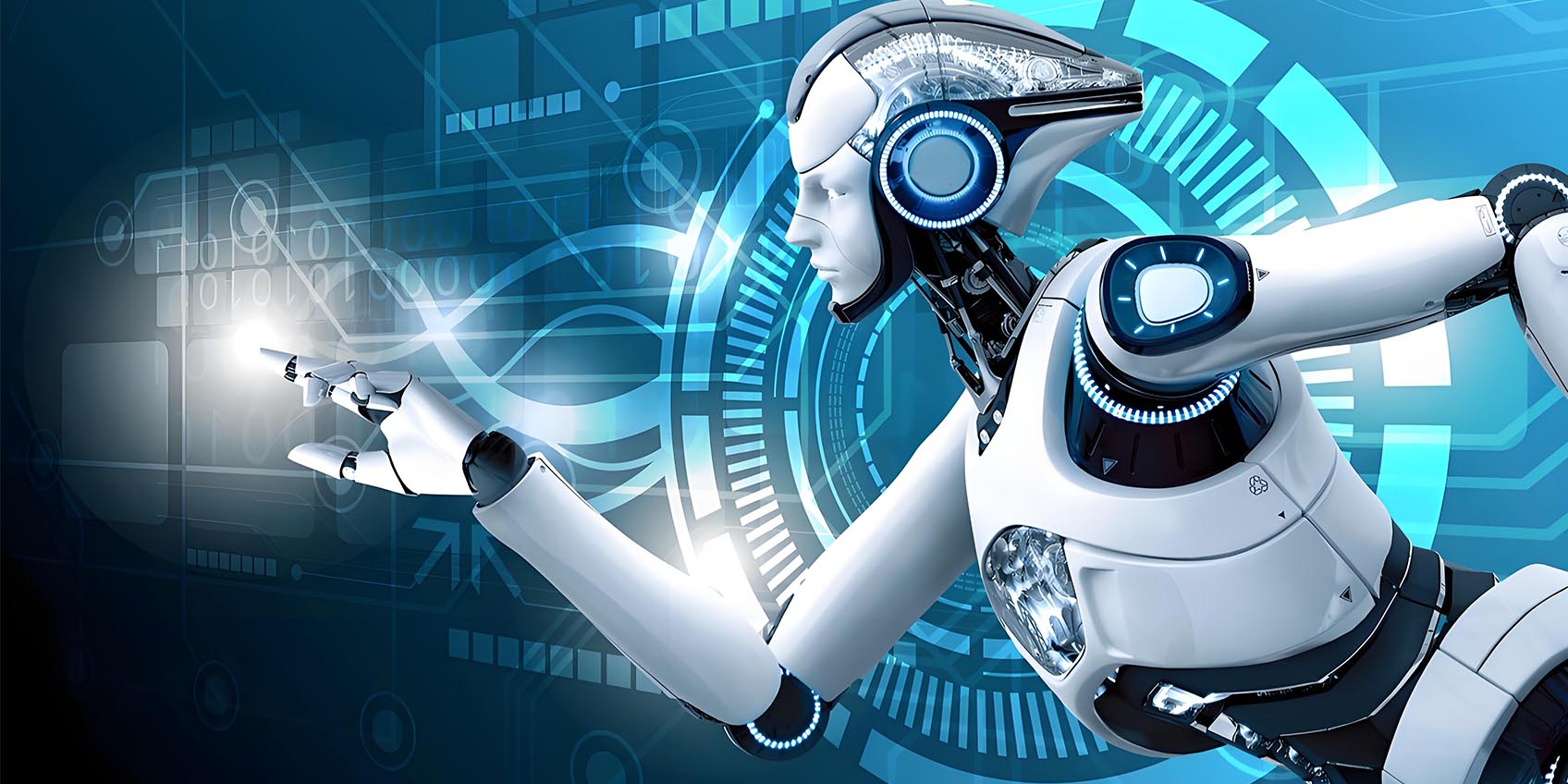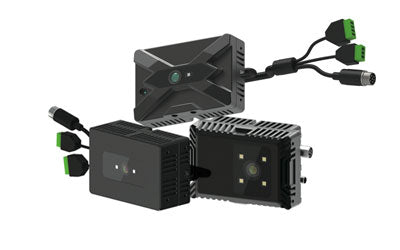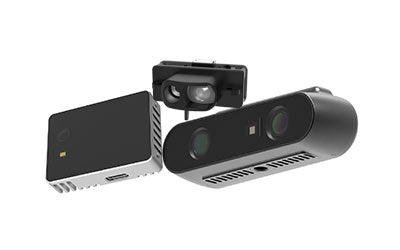NPU and 3D Sensors: Enhancing AI Robot Intelligence

What is an NPU?
An NPU (Neural Processing Unit) is a processor specifically designed for neural network computations, aimed at speeding artificial intelligence and machine learning tasks.
Using a ‘data-driven parallel computing’ architecture, NPUs can manage large amounts of multimedia data like videos and images, offering robust computing and processing power for devices such as smartphones in the field of AI.
Main Functions of NPUs
Speeding Neural Network Computations
NPUs, with their specialized hardware architecture and instruction sets, can efficiently perform inference and training tasks of neural network models, offering fast and efficient computational capabilities.
Optimizing Energy Efficiency
NPUs use special energy optimization techniques, not only effectively utilizing electrical energy but also renewable energy sources like solar and wind power, ensuring stable operation in various environments.

Handling Complex Tasks
NPUs can manage complex AI tasks, such as enhancing the performance of applications like image and video editing, especially in mobile devices.
Integrating into Various Devices
NPUs can be integrated into systems such as computers, mobile devices, and smart home devices, providing faster and more efficient AI-driven functionalities.
Advantages of TOF Sensors
High-Precision Distance Measurement
TOF sensors determine distance by measuring the time taken for light pulses to travel from emission to return, providing high-precision 3D images and depth information.
Fast Response
TOF sensors' fast response times make them suitable for real-time detection and applications in dynamic environments.
Environmental Adaptability
TOF sensors are insensitive to lighting conditions, functioning stably in both dark and bright environments.
Advantages of Combining NPU and TOF Sensors
Integrating NPUs and TOF sensors in AI robots can significantly enhance their functions and performance, particularly in object recognition and bounding.
Enhanced Environmental Perception
With precise depth information from TOF sensors, NPUs can process and analyze complex environmental data in real-time, improving the robot's perception and understanding of its surroundings.
Improved Task Execution Efficiency
NPUs can efficiently process the large amounts of data collected by TOF sensors, swiftly performing deep learning algorithm inference and decision-making, enabling robots to execute complex tasks more quickly.
Realizing Intelligent Interaction
Capturing high-precision 3D images sensor and depth information with TOF sensors, combined with the powerful computational abilities of NPUs, allows robots to achieve natural and intelligent human-robot interactions, such as gesture recognition and facial recognition.

Optimized Energy Utilization
The combination of NPU's energy optimization techniques and TOF sensor's low power consumption ensures that robots maintain efficient energy usage while processing large amounts of data and performing complex tasks.
Object Recognition and Bounding Function
The combination of NPUs and TOF sensors equips AI robots with efficient object recognition and bounding capabilities.
High-Precision Object Recognition
NPUs use deep learning algorithms to process data from TOF sensors, accurately identifying various objects such as books and boxes.
Real-Time Object Bounding
The computational power of NPUs enables robots to real-time bound identified objects in images, facilitating precise operations and interactions.
Multi-Object Processing
Robots can simultaneously recognize and bound multiple objects, regardless of their arrangement on a table, making it highly useful for sorting, organizing, and handling items.

Contributions of AI Robots to Humans
Home Assistant
Robots can help organize items on a table, categorizing and placing them to improve household tidiness. They can also assist in finding items, saving time and effort.
Medical Assistance
Robots can identify and organize various medications, ensuring proper classification and storage, reducing human error. They can also assist healthcare workers by identifying and passing medical instruments, enhancing efficiency.
Office Assistant
In an office setting, robots can identify and organize files and stationery, keeping the workspace neat and orderly. They can also help prepare meeting materials, such as identifying and organizing documents and equipment.
Industrial Applications
On production lines, robots can perform real-time product identification and inspection to ensure quality. In warehouses, robots can automatically identify and sort items, improving logistics efficiency.

Technical Implementation
To achieve the aforementioned functionalities, AI robots need to integrate the following technologies:
Deep Learning Algorithms
NPUs utilize deep learning algorithms to process data collected by TOF sensors, achieving high-precision object recognition and classification.

Image Processing Technology
NPUs can quickly process image data, performing real-time bounding of identified objects and displaying them on screens.
Multi-Sensor Fusion
Combining TOF sensors with other sensors (such as RGB cameras and infrared sensors) provides multi-dimensional information, enhancing accuracy and robustness of recognition.
Optimized Software Architecture
Ensuring that robots can efficiently process data and execute tasks while maintaining energy efficiency.
By combining these technologies, AI robots can perform remarkably well in various application scenarios, providing more convenient and intelligent services to humans.
Applicable products:
Synexens Industrial Outdoor 10m TOF Sensor Depth 3D Camera Rangefinder_CS40 Pro

‘CS40 Pro‘ and ‘ Depth Sensor_CS30 ’ are both highly suitable
-
Publié dans
CS40P



